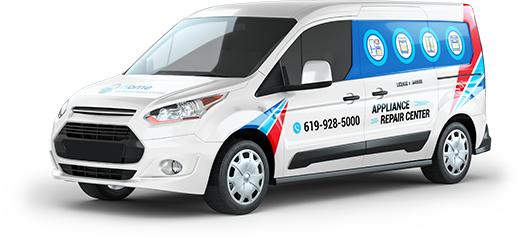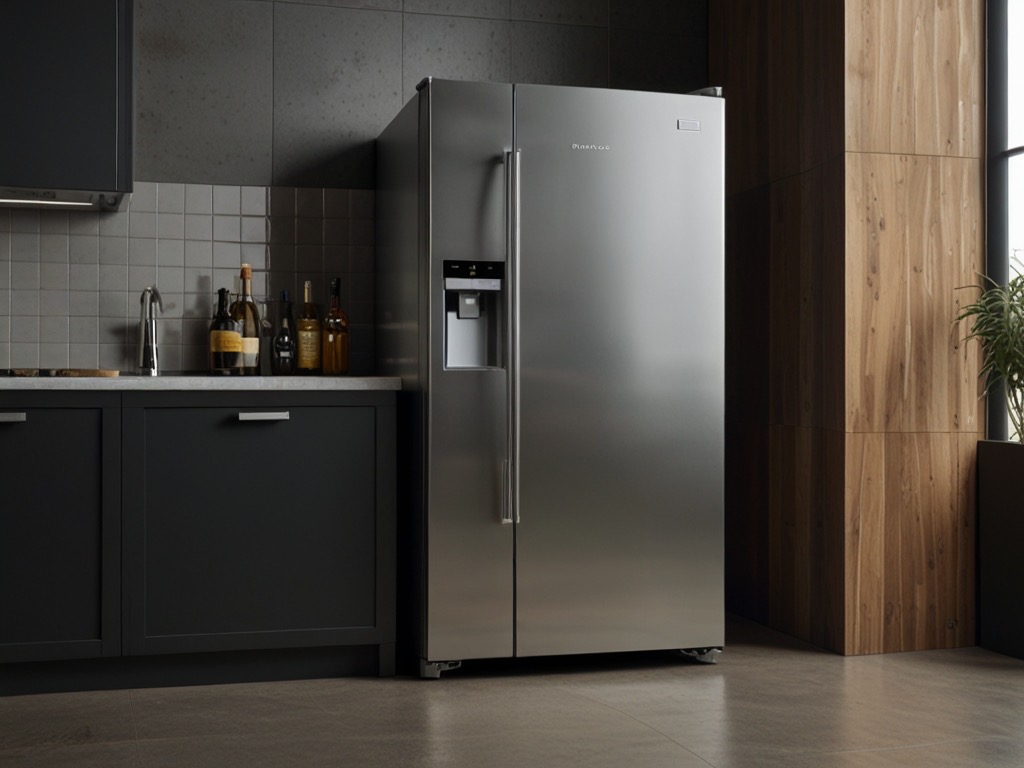Refrigerators have become essential appliances in modern homes, ensuring food stays fresh and safe for consumption. However, frequent door openings can lead to significant temperature fluctuations, which may compromise the quality and longevity of stored items. To address this issue, manufacturers have developed advanced technologies for automatic temperature control, maintaining optimal conditions even when the door is opened frequently.
The Challenge of Temperature Fluctuations
Every time the refrigerator door is opened, warm air rushes in, causing the internal temperature to rise. This sudden change can affect the efficiency of the appliance and the freshness of stored food. Over time, repeated fluctuations can lead to food spoilage, increased energy consumption, and higher electricity bills. Understanding this challenge, researchers and engineers have designed sophisticated solutions to maintain stable temperatures.
Modern Solutions for Temperature Stability
- Smart Sensors and Algorithms
⠀
One of the most significant advancements in refrigerator technology is the integration of smart sensors and algorithms. These sensors continuously monitor the internal temperature and humidity levels. When the door is opened, the sensors detect the change and trigger an algorithm that adjusts the cooling system to counteract the influx of warm air. This proactive approach ensures that the temperature remains consistent, minimizing the impact of frequent door openings.
⠀
- Multi-Zone Cooling
⠀
Many modern refrigerators feature multi-zone cooling systems. These systems divide the refrigerator into separate zones, each with its own temperature controls. When the door is opened, the system can adjust the cooling in the specific zone affected, without compromising the temperature in other areas. This targeted cooling approach helps maintain a stable environment for different types of food, such as dairy, meat, and vegetables.
⠀
- Air Curtains and Blast Cooling
⠀
Some high-end refrigerators use air curtain technology to create an invisible barrier of cold air when the door is opened. This curtain helps prevent warm air from entering the refrigerator, maintaining the internal temperature. Additionally, blast cooling systems provide a rapid burst of cold air to quickly restore the optimal temperature after the door is closed. These technologies work together to ensure that temperature fluctuations are minimized, preserving food freshness.
⠀
- Vacuum Insulation Panels
⠀
Vacuum insulation panels (VIPs) are thin, highly efficient insulating materials that significantly reduce heat transfer. When used in refrigerator construction, VIPs enhance the appliance’s ability to maintain stable internal temperatures. Combined with advanced cooling technologies, VIPs help reduce the energy required to restore optimal conditions after the door is opened.
⠀
- Adaptive Defrost Systems
⠀
Traditional refrigerators use fixed defrost cycles, which can be inefficient and lead to unnecessary energy consumption. Modern refrigerators with adaptive defrost systems, however, use sensors to determine when defrosting is necessary. By defrosting only when needed, these systems reduce energy usage and help maintain stable internal temperatures, even when the door is frequently opened.
⠀
- IoT Connectivity and Remote Monitoring
⠀
The Internet of Things (IoT) has revolutionized many aspects of home appliances, including refrigerators. IoT-enabled refrigerators can be connected to home networks, allowing users to monitor and control temperature settings remotely. If the door is left open, users can receive alerts on their smartphones and take action to close the door or adjust settings. This connectivity ensures that temperature stability is maintained, protecting the quality of stored food.
⠀
The Benefits of Automatic Temperature Control
⠀
The incorporation of these advanced technologies offers several benefits:
⠀
– Extended Food Freshness: By maintaining stable temperatures, these technologies help extend the shelf life of perishable items, reducing food waste.
– Energy Efficiency: Proactive temperature control reduces the workload on the cooling system, leading to lower energy consumption and reduced electricity bills.
– Convenience: Smart sensors, IoT connectivity, and remote monitoring provide users with greater control and convenience, enhancing the overall user experience.
– Sustainability: Improved energy efficiency and reduced food waste contribute to more sustainable living practices, aligning with environmentally conscious lifestyles.
Automatic temperature control technologies in modern refrigerators represent a significant advancement in home appliance innovation. By integrating smart sensors, multi-zone cooling, air curtains, vacuum insulation panels, adaptive defrost systems, and IoT connectivity, manufacturers have developed solutions that effectively manage temperature fluctuations caused by door openings. These technologies not only enhance food preservation and energy efficiency but also offer greater convenience and sustainability.
If you’re looking to upgrade your refrigerator or need expert maintenance services, look no further than HOME APPLIANCE SERVICE CENTER. Our team of skilled technicians is dedicated to ensuring your appliances perform at their best, providing you with peace of mind and long-lasting reliability. Contact us today to schedule a service appointment and experience the difference that professional care can make for your home appliances.
Contact us
 619-928-5000
619-928-5000  Request Service
Request Service 
